Developing a restaurant involves a blend of diverse and dynamically interrelated tasks, from carrying out the necessary research and site visits that ensure a concept is feasible, to the creation of a winning food menu that matches an F&B brand’s concept and personality.
As a 360-degree hospitality agency, this unique journey pulls input and expertise from across all our teams and the result is a shared achievement made up of so many contributors, from advisory and design right through to operations and marketing (and everything in between).
That said, below are some common guiding principles that we believe should underpin the development of any restaurant concept, whether you’re investing in your very first venue or are looking to revitalise an existing asset with a breath of new life.
1. BUILD ON A FOUNDATION OF FEASIBILITY
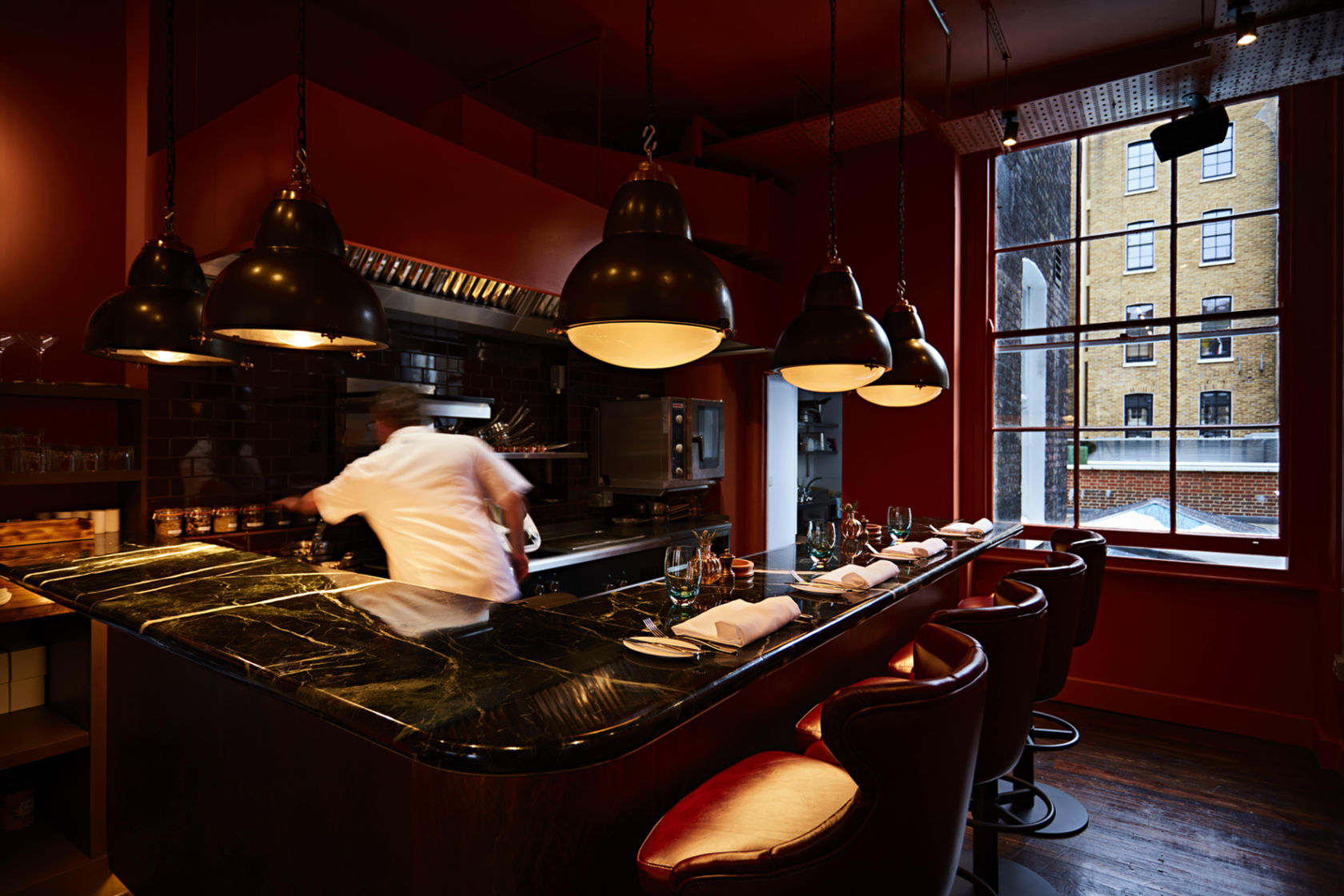
Every thriving restaurant venture should be rooted in a foundation of feasibility and profitability.
Before the excitement of mood boards and aesthetics comes into the picture, an entire sequence of checks and balances must first take place, including market studies, competitor analysis, site selection, financial forecasting and more.
It might seem far from the action of the customer dining experience, but feasibility studies are the cornerstone of the entire development process, providing insights into market demand, pricing strategies, local nuances, and operational efficiencies, while building an initial framework for the commercial and strategic goals of the venue.
By putting in this groundwork, a concept can then start to emerge that resonates strongly with the restaurant’s target audience. It is only once this process is completed (and completed well) that the creative journey can really thrive, benefiting from the kind of structure and insight that leads to a concept that has intention and tangibility.
In the end, a profitable venture not only fulfils investor objectives but also sustains the ecosystem of employees, suppliers, and stakeholders that are so vital to the F&B sector. And it’s this kind of sustainability that ensures a concept's legacy and its ability to invest back into the community.
2. UNDERSTAND THE COMMUNITIES YOU HOPE TO SERVE
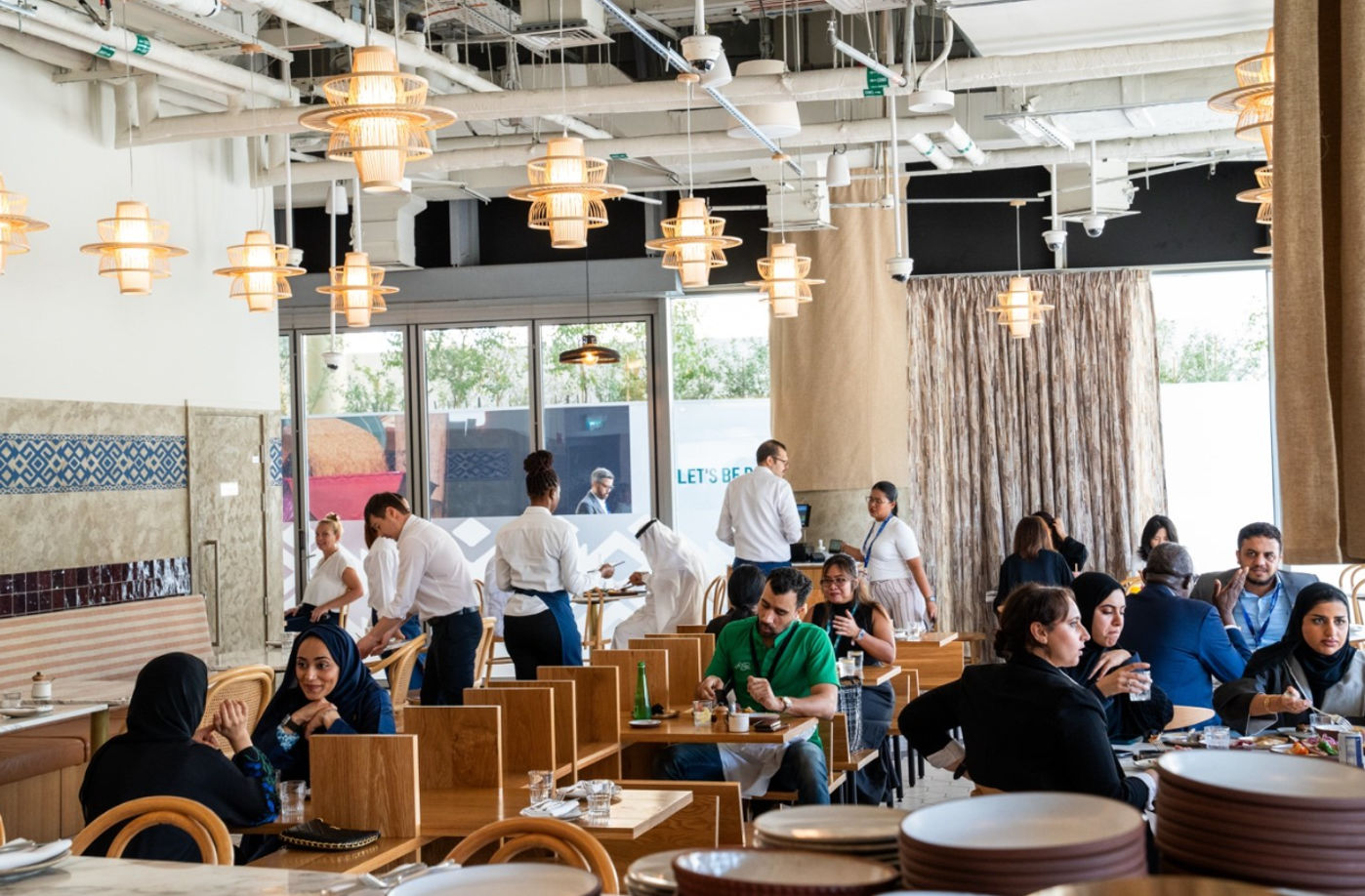
A realistic understanding of people—encompassing culture, preferences, and demographic trends—should play a part in many key decisions in restaurant development.
Consider, for instance, the scenario where a fine dining establishment flourishes in the bustling heart of a city centre but struggles to find its footing in an area where average spend per meal is much lower, or communal preferences lean towards more relaxed, communal, and inclusive spaces.
A disconnect isn't just a matter of differing tastes—it's a fundamental misalignment with the essence of the community itself.
Investing in community can also be a major differentiator in competitive markets. For example, initiatives like incubation hubs for local talent to learn, share and grow can become an authentic message that can be communicated in a way that resonates with guests.
Similarly, intentional sourcing of local materials and produce, when possible, also has the power to cut through in a saturated market.
3. DEVELOP A STRONG CORE CONCEPT
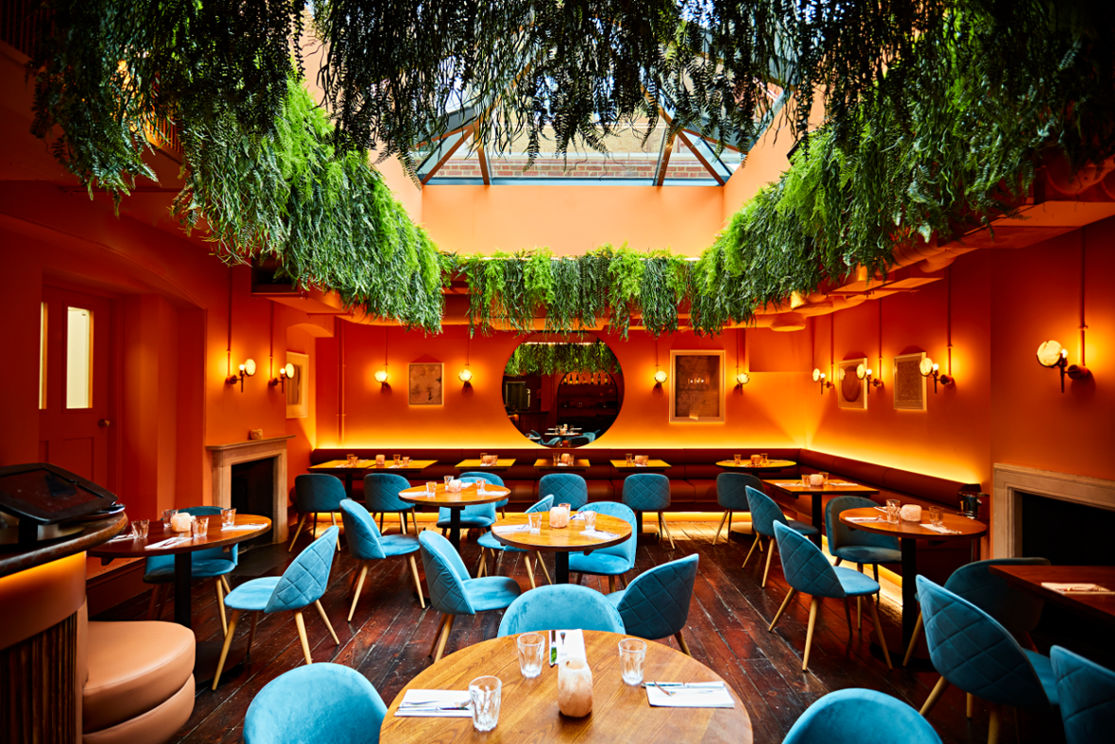
A strong overarching concept serves as the guiding force behind the development of a restaurant, or any other type of F&B establishment.
It acts as the thread that weaves together the almost endless possibilities out there when it comes to interior design styles, colour schemes, layouts, materials, and furnishings, ensuring the space maintains a unified and impactful identity.
While not every guest who enters a restaurant may be able to articulate the concept in words, the goal is for everyone to be part of the same shared experience, led by the deliberate choices made in crafting the environment.
Throughout the creative journey, it is this overarching story that harmonises individual elements into a cohesive and memorable whole. And this is when we can really start to think about the mood, atmosphere or personality we are trying to imbue the venue with.
Building values and identity into a brand comes into this phase too, with thought paid to how the space, brand, service style and food of the restaurant can all be aligned in a way that makes it easier for customers to develop an emotional connection—setting the venue apart from competition or simply justifying the cost of dining out by offering an experience that feels worthwhile and special.
When we’re engaged in this process of building an identity, we also consider specific and relevant USPs for the concept, as well as identify customer touchpoints and activations, with foresight into how elements like service stye should be best approached in order to make sure everything matches up. This can then be translated into guidance for the venue operators, whether ourselves or the asset manager, who can start to leverage the concept as a tool that helps to sell the space and deliver an ongoing experience that is elevated and aligned with one central message.
4. LEAD WITH STRATEGIC DESIGN
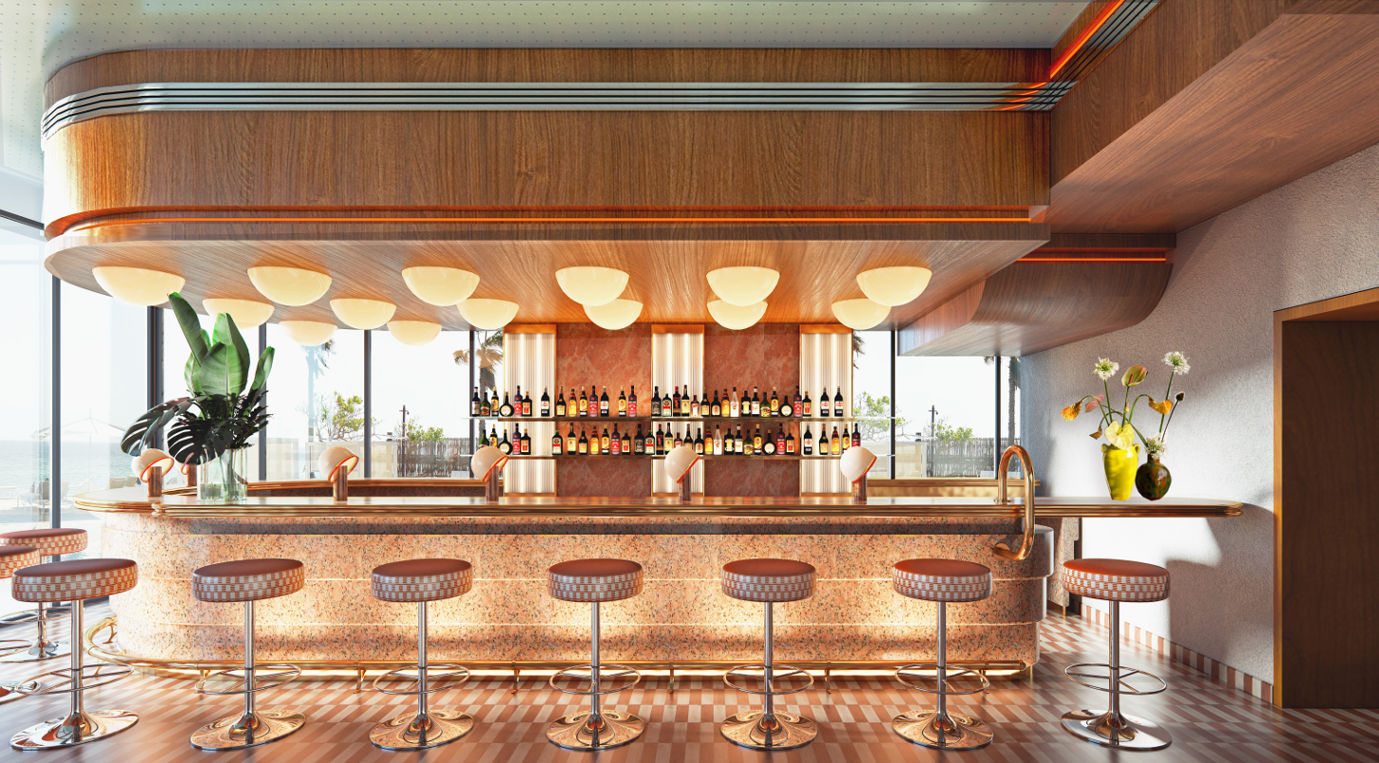
Strategic design, in the development of a restaurant, transcends mere aesthetic choices and whether a space is visually striking or not.
Unique or eye-catching interior design or branding can contribute to the initial allure of a venue—which is increasingly important in an age where social media plays such a key role in restaurant success—but an approach that is truly strategic delves deeper into the core of the restaurant's identity, purpose and target audience.
This strategic lens might mean certain creative decisions need to be scaled down or scarified for the greater good of the concept, or it might shed light on areas that need to be elevated to match the overall calibre of the design narrative—whether this is layout considerations or décor.
On a practical level, strategic design can also improve functionality, operational efficiency and flow for staff and customers, ultimately contributing to the venue’s profitability.
Equally, the same applies to the way the brand is manifested in graphic design and through the several digital touchpoints that customers might encounter the restaurant. A well-rounded approach to design is not just about the physical space, but also about the presentation of brand in the digital world.
By sense checking design choices with the project’s overall strategic goals, a powerful narrative can then unfold, which not only brings cohesion to the space and captivates guests on a visual level, but also has a better chance of resonating with them emotionally.
In a competitive industry where trends quickly come and go, strategic design is also a way to embed resilience into a project. And although we advocate for flexibility and adaptability as important considerations in restaurant development, best evidenced perhaps in our work on food halls that blend a vibrant world of diverse and inclusive F&B offerings under one roof, we also believe F&B concepts should be built to last.
5. RESPECT THE MENU
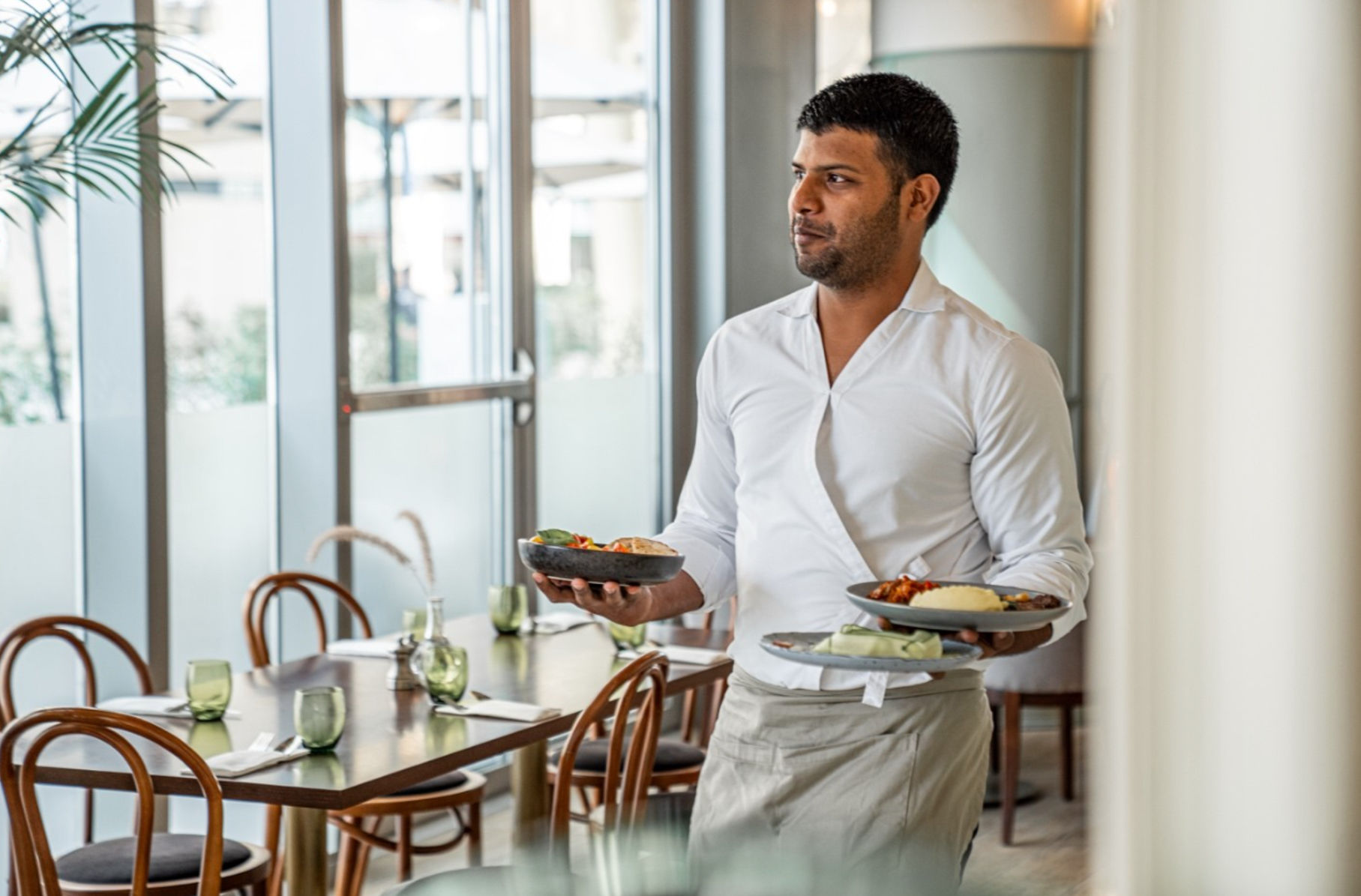
The creation of a captivating menu no doubt lies at the core of successful restaurant development. Yet, entering a venue with the promise of an extraordinary experience, seduced by its impressive design and aesthetic, only to be met with disappointment at the quality of the food, is all too common.
Even the most opulent, artistically rendered spaces in some of the world's renowned establishments can stumble in delivering the coveted food experience. The kind of culinary encounter that people crave—a meal that not only satisfies the palate but also stirs emotions and memories.
With the guidance or direction of passionate chefs and hospitality veterans, menus must be crafted with care and consideration. Never an afterthought, or something copied, a restaurant menu should align with everything the concept is trying to achieve, whether to inspire and excite with diverse offerings, or induce feelings of nostalgia, comfort and belonging.
As well as embodying the restaurant's identity, vision, and culinary philosophy, the menu is often the primary point of contact between a guest and a restaurant—serving as a powerful storytelling tool and setting expectations for the experience ahead.
6. CONSIDER PRESENT AND FUTURE CONSUMER TRENDS
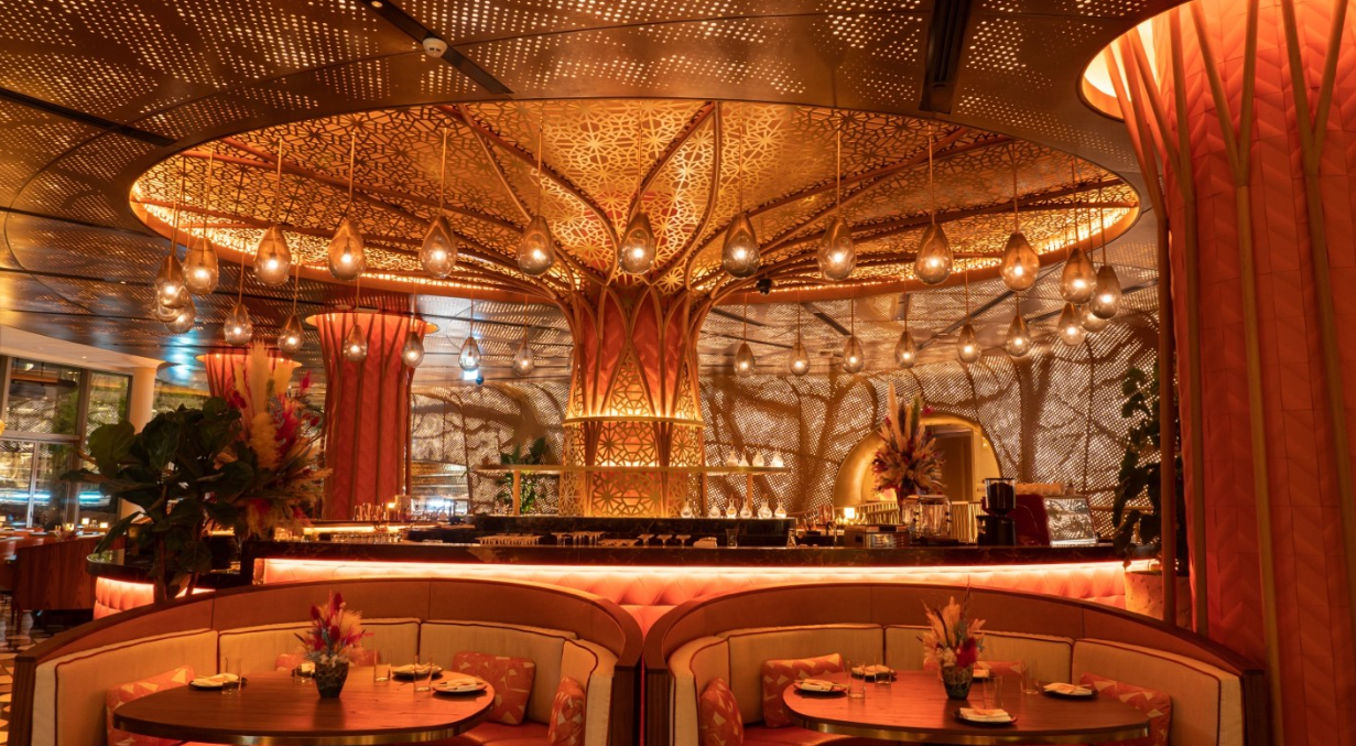
The fluid nature of the F&B industry has mirrored the constant evolution of societal values and preferences throughout history.
This encompasses a spectrum of shifting themes, ranging from global cuisine preferences having their time in the spotlight to the increasing demand for F&B offerings that prioritise sustainability and inclusivity.
Developing a restaurant concept that remains resilient amidst this natural flow of change requires an acknowledgment of what’s happening around us. It requires us to shape spaces and menus to resonate deeply with the diverse preferences of contemporary consumers, to lean into change and not be afraid of it.
Fail to do this and concepts can easily seem “tired” or out of step with what diners are really looking for. The mistake is also to think that this only has implications for younger generations, when the reality is that older, perhaps more seasoned restaurant goers, may be the most discerning when it comes to the relevance and timeliness of restaurant concepts.
As an example, inclusivity in F&B is something that is sought after by all demographics and cultures. This theme now extends into so many important areas of restaurant development, from how a business offers sustainable employment opportunities and welfare standards to its employees, to the way physical spaces and food menus are accessible for everyone.
Embracing this ethos of constant evolution and maintaining a vigilance of emerging trends and the industry's trajectory is a key strategy when developing a restaurant that remains appealing and captivating beyond the initial excitement of its grand opening.
THE 360 DEGREE PROCESS
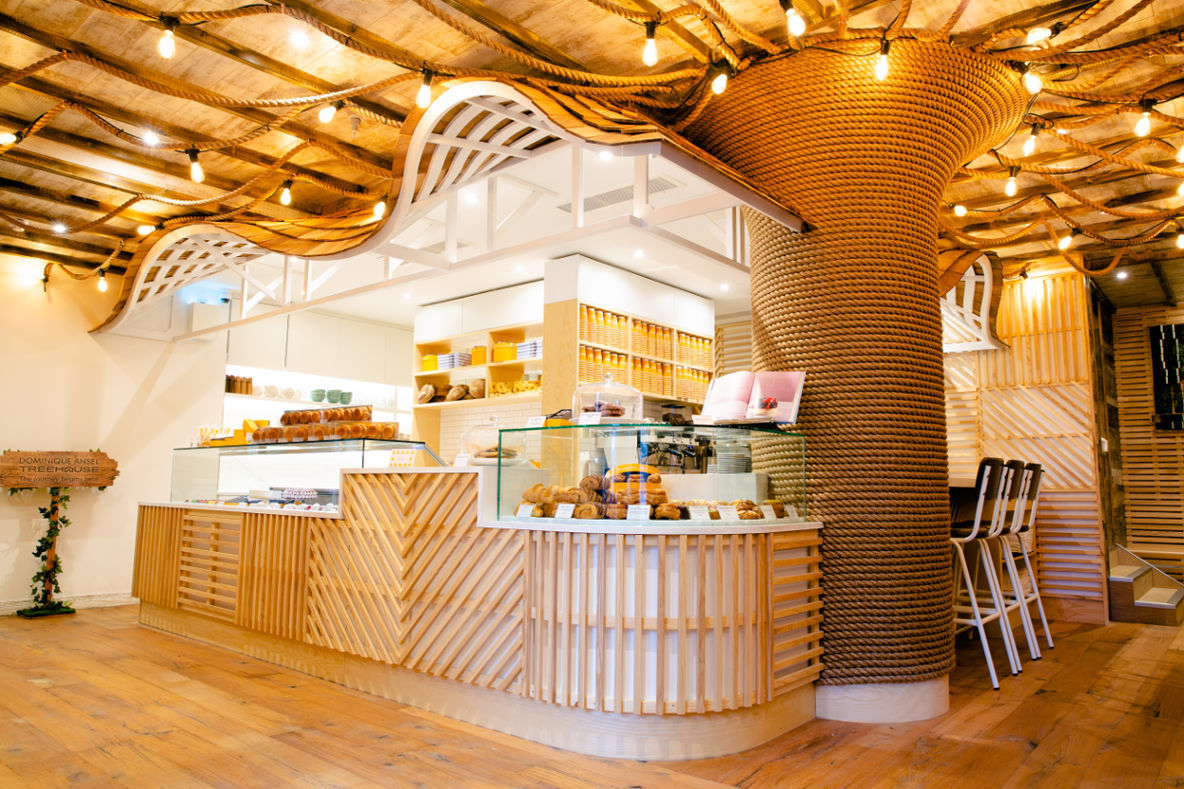
In our view, our 360-degrees approach, encompassing everything from our signature F&B master planning process to the collaborative and creative steps we take when designing world-class restaurant concepts, is the best way to always keep the big picture in mind.
This is especially important in locations that are undergoing change and revitalisation, or in entirely new developments such as giga projects and new RDE developments, where the project’s success as an investment has far reaching importance—driving much needed footfall, repeat visitation and contributing to entire communities.
We’re able ensure the success of the restaurants we develop by employing an approach that considers everything holistically, from tailored advisory services, concept development, branding and interior design to strategic and effective operations and management. It’s a 360 degrees process.
-1.png?width=3330&height=698&name=TGP%20International%20Logo%20White%20(1)-1.png)
%20(1).png?width=2000&height=1000&name=Untitled%20design%20(3)%20(1).png)
